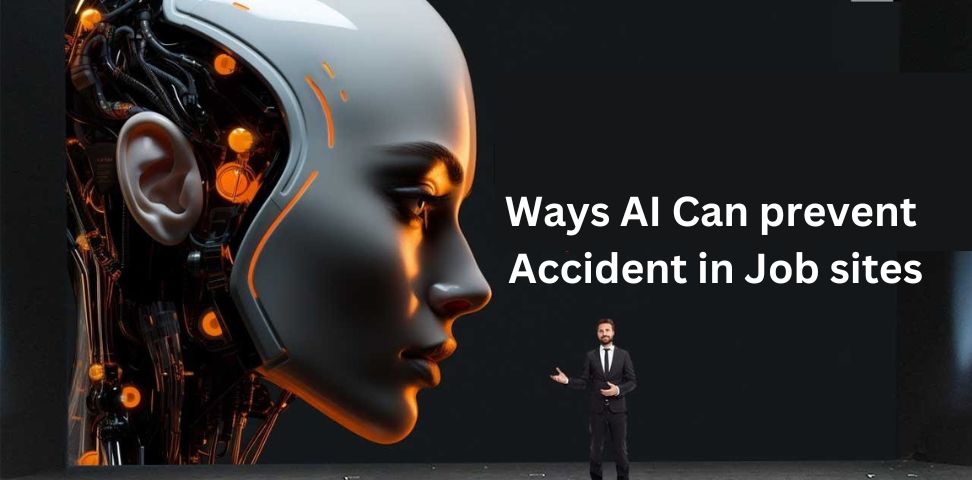In the construction and industrial sectors, safety is paramount. With complex job sites and inherent risks, ensuring worker safety remains a constant challenge. Enter artificial intelligence (AI)—a transformative technology reshaping safety on job sites. Here, we’ll explore five innovative ways AI helps prevent accidents, creating safer working environments.
- 1. Real-Time Hazard Detection
AI systems, equipped with advanced sensors and cameras, monitor job sites continuously, analyzing video feeds to identify hazards like obstacles, unsafe behavior, or equipment malfunctions. Upon detecting a hazard, alerts are sent instantly to workers and supervisors, enabling immediate corrective action. This proactive approach not only mitigates accidents but fosters a culture of safety.
- 2. Predictive Analytics for Safety Management
Leveraging historical data, AI analyzes patterns to predict potential safety issues before they occur. By examining conditions that often precede accidents—such as weather changes or equipment usage patterns—AI enables managers to take preventive measures, like adjusting work schedules, reducing the risk of incidents.
- 3. Enhanced Safety Training
AI-driven VR and AR simulations revolutionize safety training by allowing workers to practice protocols in a controlled environment. These immersive sessions adapt to individual learning paces, ensuring employees thoroughly understand safety procedures before entering the job site, significantly lowering risks due to human error.
- 4. Automated Incident Reporting
AI streamlines incident reporting, allowing workers to quickly document safety concerns or near misses. AI then analyzes these reports in real time, helping companies identify recurring issues and implement corrective measures, cultivating a culture of continuous safety improvement.
- 5. Wearable Safety Technology
AI-equipped wearables, such as smart helmets and vests, monitor environmental conditions, detect falls, and track workers’ physiological states. If a worker shows signs of fatigue or heatstress, the device can alert both the worker and their supervisor, enabling proactive support and enhancing overall job site safety.
Conclusion
AI is reshaping job site safety, offering innovative tools to prevent accidents and protect workers. By embracing AI-driven safety solutions, organizations can foster a culture that prioritizes worker well-being, ensuring a safer, more efficient workplace for the future.


